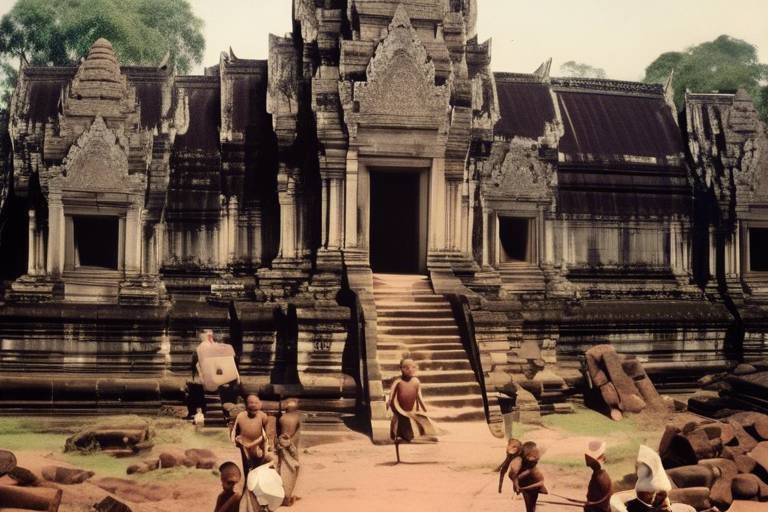The Cultural Richness of the Gupta Empire
The Gupta Empire, often hailed as the epitome of cultural brilliance, stands as a testament to the artistic, literary, scientific, and architectural marvels of ancient India. This golden age of Indian history witnessed a flourishing of creativity and innovation, leaving behind a profound legacy that continues to shape the cultural landscape of the country.
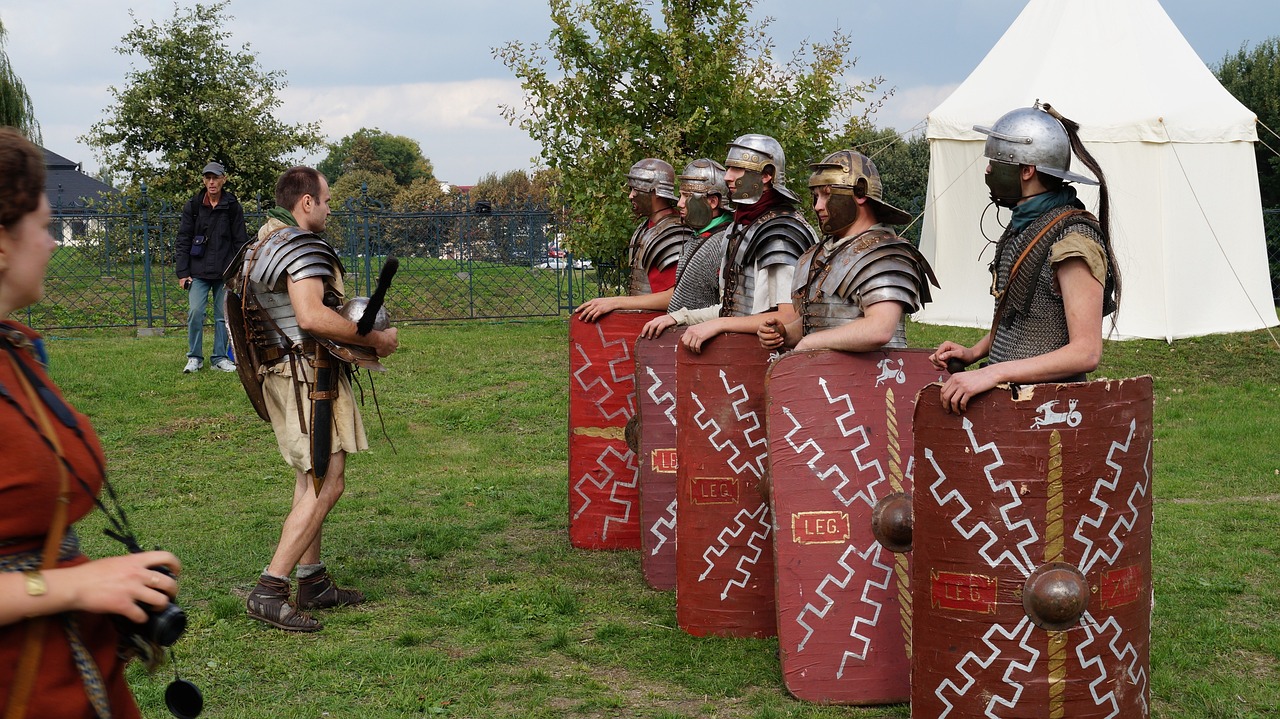
Artistic Achievements
The Gupta Empire, known for its golden age, exhibited a vibrant cultural heritage encompassing art, literature, science, and architecture. This article explores various facets of the Gupta Empire's cultural richness and its enduring impact on Indian civilization.During the Gupta period, art flourished with the creation of exquisite sculptures, paintings, and temple architecture, showcasing a blend of Hindu and Buddhist themes. The Ajanta and Ellora caves stand as prime examples of Gupta artistic brilliance. The intricate carvings and detailed murals in these caves depict scenes from mythology and daily life, capturing the essence of Gupta artistry.
Artistic expression during the Gupta era was not just about aesthetics but also served as a medium to convey spiritual and philosophical ideas. The sculptures of Hindu deities and Buddhist figures reflected the religious beliefs and cultural values of the time. The Gupta artists mastered the art of storytelling through stone, bringing myths and legends to life with intricate details and emotional depth.
The Gupta Empire's artistic achievements were not limited to sculptures alone. The development of temple architecture reached new heights during this period, with temples like the Vishnu Temple at Deogarh showcasing architectural grandeur and intricate design. The fusion of artistic creativity and architectural precision resulted in structures that stood as testaments to the Gupta Empire's cultural sophistication.
Moreover, Gupta art was not just a product of individual creativity but also a reflection of societal values and beliefs. The patronage extended by Gupta rulers towards artists and artisans played a crucial role in nurturing artistic talent and fostering a culture of creativity. This support system allowed art to flourish and evolve, leaving a lasting impact on Indian art and architecture.
The legacy of Gupta artistic achievements continues to inspire contemporary artists and art enthusiasts, serving as a reminder of the rich cultural heritage of ancient India. The intricate details, spiritual symbolism, and aesthetic beauty of Gupta artistry remain unparalleled, standing as a testament to the creativity and ingenuity of the Gupta Empire.
- What were the major artistic contributions of the Gupta Empire?
The Gupta Empire made significant artistic contributions in the form of sculptures, paintings, and temple architecture, blending Hindu and Buddhist themes to create exquisite masterpieces. - How did Gupta art reflect the cultural values of the time?
Gupta art reflected the religious beliefs and societal values of the era through intricate sculptures of deities and mythological figures, conveying spiritual and philosophical ideas. - Why are the Ajanta and Ellora caves considered prime examples of Gupta artistic brilliance?
The Ajanta and Ellora caves feature detailed murals and carvings depicting a wide range of themes, showcasing the artistic prowess and storytelling abilities of Gupta artists.
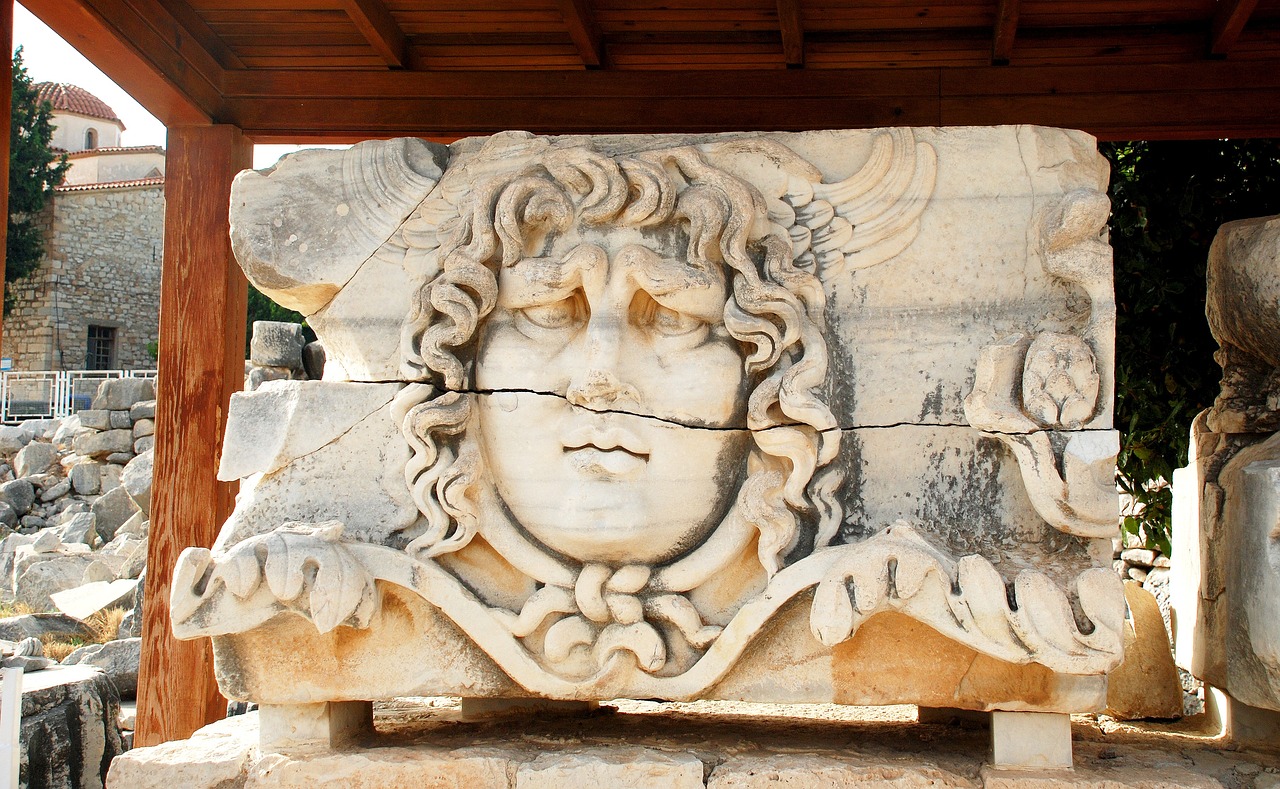
Literary Contributions
The Gupta Empire, known for its golden age, exhibited a vibrant cultural heritage encompassing art, literature, science, and architecture. This article explores various facets of the Gupta Empire's cultural richness and its enduring impact on Indian civilization.
Gupta art flourished with the creation of exquisite sculptures, paintings, and temple architecture, showcasing a blend of Hindu and Buddhist themes. The Ajanta and Ellora caves stand as prime examples of Gupta artistic brilliance.
The Gupta period witnessed a renaissance in literature with the composition of Sanskrit texts like the Ramayana, Mahabharata, and works of Kalidasa. Poetic excellence and philosophical depth defined Gupta literary contributions.
Gupta scholars made significant strides in mathematics, astronomy, and metallurgy. The concept of zero, decimal system, and precise astronomical calculations are some enduring legacies of Gupta scientific advancements.
The Gupta Empire left a lasting architectural legacy with the construction of magnificent temples, stupas, and cave complexes. The iconic Vishnu Temple at Deogarh and the Dashavatara Temple in Deogarh exemplify Gupta architectural marvels.
The Gupta rulers promoted religious tolerance, allowing the flourishing of Hinduism, Buddhism, and Jainism. This inclusive approach fostered a harmonious coexistence of diverse religious beliefs within the empire.
Gupta period was marked by a strong emphasis on education and scholarship, leading to the establishment of renowned centers of learning like Nalanda University. Intellectual pursuits thrived under Gupta patronage.
The Gupta era witnessed the preservation and enrichment of social and cultural traditions, including elaborate rituals, festivals, and performing arts like music and dance. These traditions continue to influence Indian culture.
The Gupta Empire's cultural legacy continues to resonate in modern India, shaping artistic expressions, literary traditions, scientific endeavors, and architectural styles. The enduring impact of Gupta cultural richness is evident in various aspects of Indian society.
Stay tuned for answers to common questions about the Gupta Empire's cultural richness and its impact on Indian civilization!
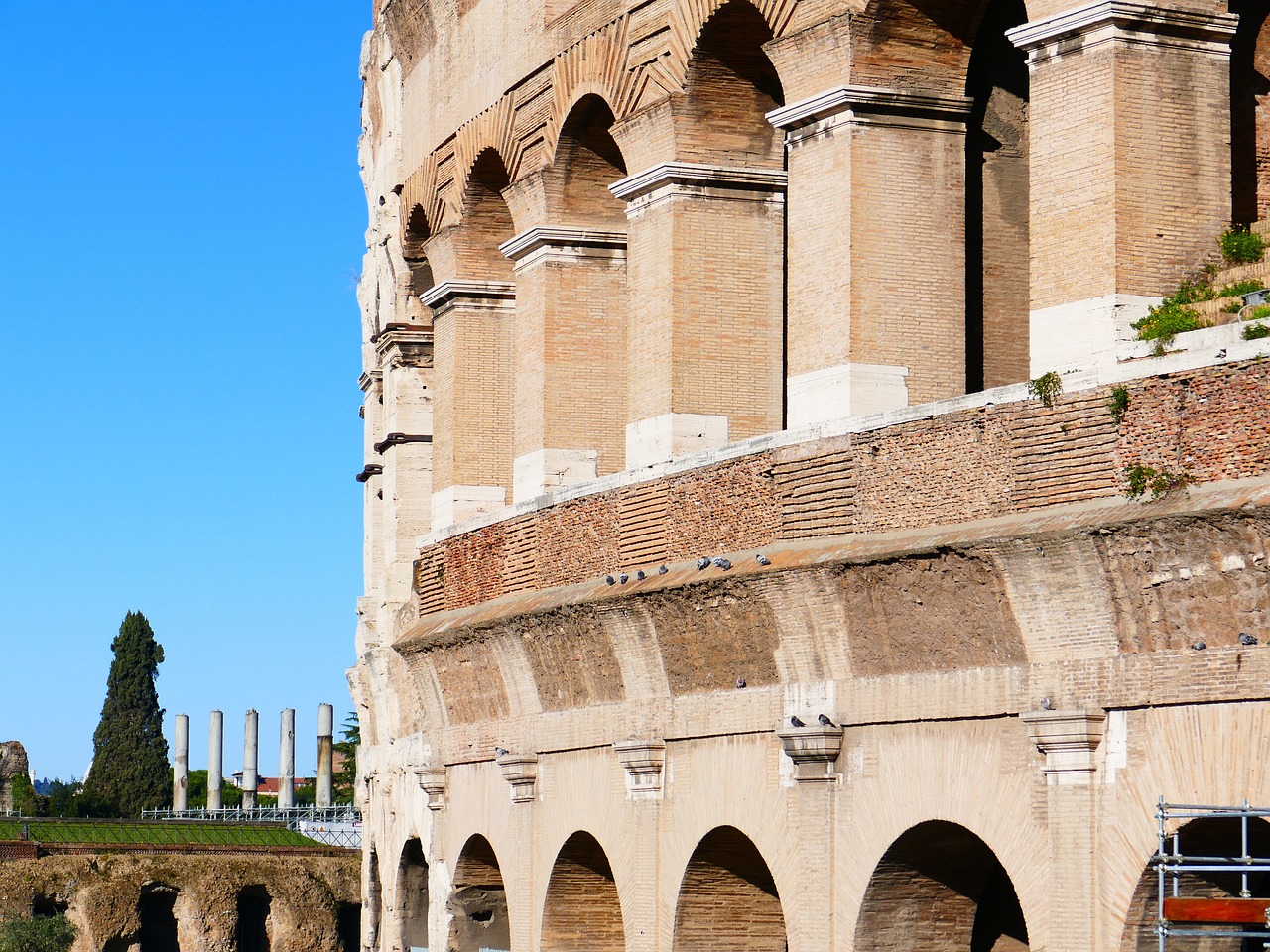
Scientific Advancements
Gupta scholars during the Golden Age made remarkable strides in various scientific disciplines, leaving a lasting impact on the world. One of the most significant contributions was the concept of zero, a revolutionary mathematical idea that transformed numerical systems. The Gupta mathematicians also developed the decimal system, which laid the foundation for modern arithmetic and mathematics. Through their meticulous observations and calculations, Gupta astronomers made precise predictions of celestial events, contributing to the field of astronomy.
Metallurgy was another area where Gupta scientists excelled, pioneering techniques in metalworking and alloy production. Their advancements in metallurgical processes not only enhanced the quality of metal products but also fueled innovations in weaponry and infrastructure development. Gupta metallurgists were known for their expertise in crafting intricate metal artifacts and structures, showcasing a blend of artistic finesse and scientific knowledge.
Furthermore, Gupta scholars delved into the study of medicine and pharmacology, developing herbal remedies and surgical techniques that were ahead of their time. Their understanding of human anatomy and physiology laid the groundwork for advancements in healthcare and wellness practices. The Gupta Empire's emphasis on scientific inquiry and experimentation fostered a culture of innovation and discovery, propelling ancient India to the forefront of scientific achievements.
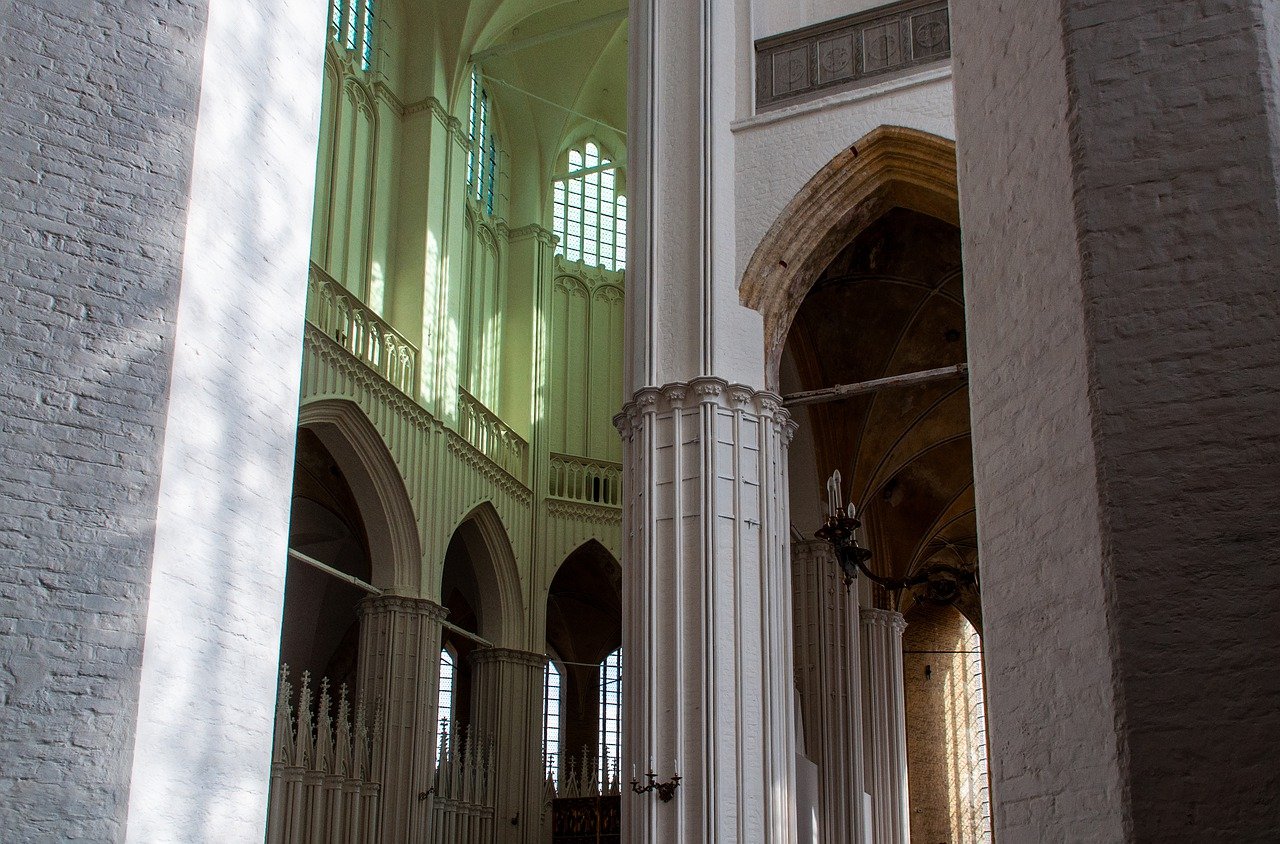
Architectural Marvels
The Gupta Empire's architectural marvels stand as a testament to the grandeur and ingenuity of their civilization. From magnificent temples to intricate stupas, Gupta architecture showcased a blend of artistic finesse and religious symbolism. One of the most iconic examples of Gupta architectural prowess is the Vishnu Temple at Deogarh, a masterpiece of intricate carvings and sculptural details that exemplify the Gupta aesthetic sensibilities.
Furthermore, the Dashavatara Temple in Deogarh is another architectural gem that reflects the Gupta Empire's dedication to craftsmanship and devotion. The temple's intricate carvings and elaborate architectural features demonstrate the Gupta's mastery in blending artistry with religious expression. These architectural marvels not only served as places of worship but also as cultural landmarks that defined the Gupta era.

Religious Tolerance
During the reign of the Gupta Empire, religious tolerance was a fundamental principle that shaped the cultural landscape of the time. The Gupta rulers embraced a policy of inclusivity, allowing various religious beliefs to coexist harmoniously within their empire. This approach fostered a climate where followers of Hinduism, Buddhism, and Jainism could practice their faiths freely and without fear of persecution.
One of the most remarkable aspects of Gupta religious tolerance was the patronage extended to different religious communities. Temples and monasteries were constructed not only for Hindu deities but also for Buddhist stupas and Jain tirthankaras. This architectural diversity reflected the empire's commitment to respecting and honoring the beliefs of all its subjects.
Moreover, the Gupta rulers actively promoted interfaith dialogue and understanding. Scholars and philosophers from diverse religious backgrounds were welcomed at the royal court, where they engaged in intellectual debates and discussions. This exchange of ideas not only enriched the cultural fabric of the empire but also contributed to the overall intellectual growth of society.
Religious festivals and celebrations were another significant aspect of Gupta religious tolerance. The empire witnessed a vibrant tapestry of festivals dedicated to different deities and traditions. These celebrations served as occasions for people of varying faiths to come together, fostering a sense of unity and shared cultural heritage.
Overall, the Gupta Empire's commitment to religious tolerance set a powerful example for future generations. By embracing diversity and promoting mutual respect among different religious communities, the Gupta rulers laid the foundation for a pluralistic society that valued inclusivity and understanding.
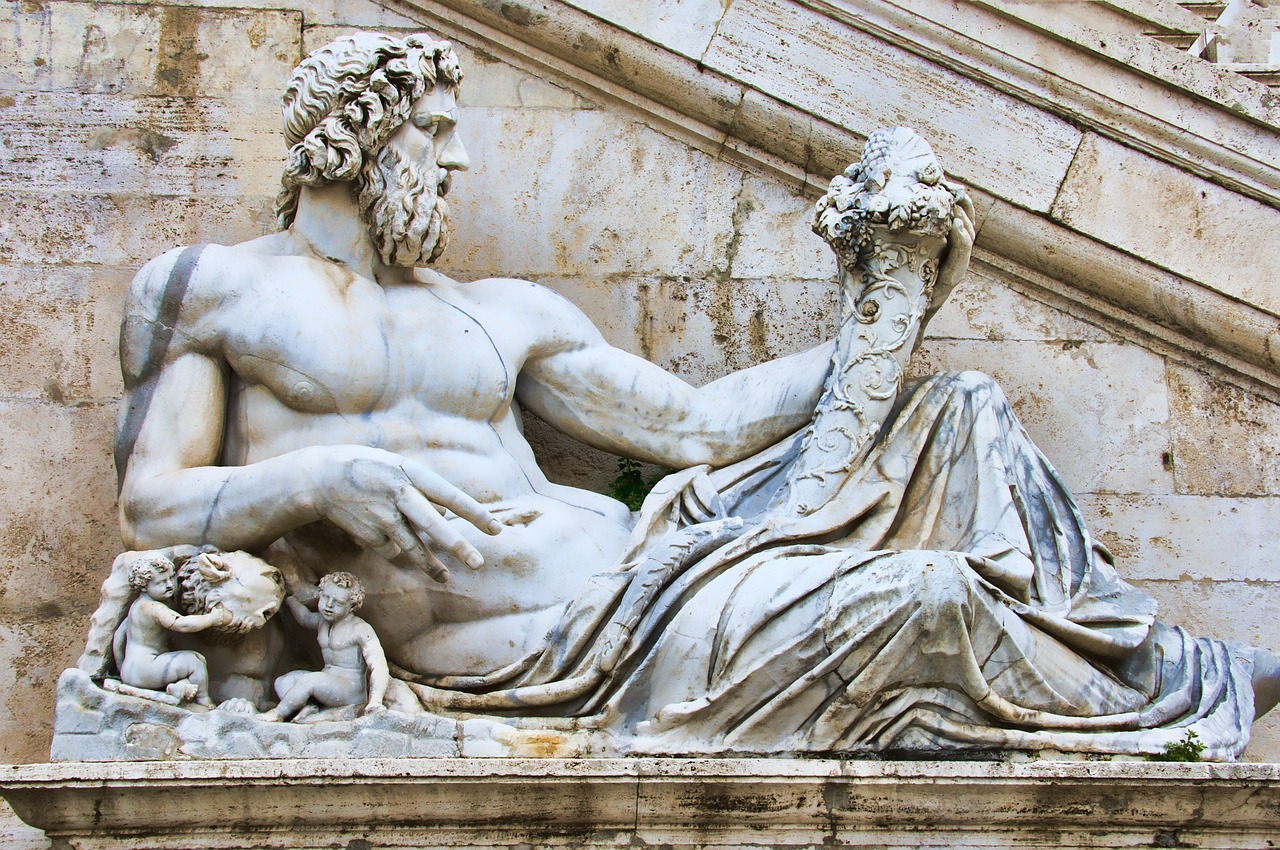
Education and Scholarship
The Gupta period was characterized by a profound emphasis on education and scholarship, fostering intellectual growth and knowledge dissemination across the empire. Scholars and students alike thrived in an environment that valued learning and critical thinking. One of the most notable educational institutions of the time was Nalanda University, renowned for its academic excellence and diverse curriculum.
At Nalanda University, a wide range of subjects such as philosophy, logic, grammar, medicine, and mathematics were taught, attracting students from far and wide seeking to expand their intellectual horizons. The institution served as a melting pot of ideas, where scholars engaged in rigorous debates and discussions, pushing the boundaries of knowledge in various disciplines.
Under Gupta patronage, scholars made significant contributions to fields like mathematics, astronomy, medicine, and literature. The era saw the compilation of vast bodies of knowledge, the development of new scientific theories, and the preservation of ancient texts through meticulous transcription and commentary.
Education was not limited to the elite; the Gupta Empire emphasized the importance of literacy and learning at all levels of society. Villages and towns had local schools where children were taught basic skills such as reading, writing, and arithmetic. This widespread focus on education contributed to the overall intellectual vibrancy of Gupta society.
Moreover, the Gupta rulers themselves were patrons of learning, supporting scholars and encouraging the creation of new works. Their patronage extended to various forms of artistic expression, literature, and scientific inquiry, creating a conducive environment for intellectual pursuits to flourish.
In conclusion, the Gupta Empire's commitment to education and scholarship played a pivotal role in shaping the intellectual landscape of ancient India. The legacy of their educational initiatives and scholarly endeavors continues to inspire generations of thinkers and innovators, highlighting the enduring impact of Gupta cultural richness on Indian civilization.

Social and Cultural Traditions
The Gupta era was a time of rich social and cultural traditions that played a significant role in shaping the fabric of Indian society. These traditions encompassed a wide array of practices, rituals, and art forms that reflected the depth and diversity of the civilization. Festivals held special importance, serving as occasions for communal celebration and spiritual rejuvenation. The vibrant colors, intricate patterns, and rhythmic movements of traditional dances like Bharatanatyam and Kathak mesmerized audiences and conveyed stories of love, valor, and mythology.
Music, another integral part of social and cultural life, resonated through the streets and palaces of Gupta cities. Classical music forms such as Hindustani and Carnatic music flourished, with talented musicians captivating listeners with their mastery of ragas and talas. The Gupta Empire also nurtured a tradition of storytelling, with epics like the Ramayana and Mahabharata being recited and passed down through generations, preserving the collective memory of the civilization.
Artisans and craftsmen honed their skills during the Gupta period, producing exquisite works of pottery, metalwork, and textile art. Intricately designed jewelry adorned the royalty and elite, symbolizing wealth and status. The intricate carvings on temple walls and pillars showcased the artistic prowess of Gupta sculptors, capturing the essence of spiritual and mythical narratives.
Furthermore, the Gupta society placed a strong emphasis on etiquette, hospitality, and respect for elders. The hierarchical structure of the society was upheld through customs and traditions that governed social interactions and relationships. Marriage ceremonies were elaborate affairs, blending religious rituals with festive celebrations that brought families and communities together in joyous union.
Overall, the social and cultural traditions of the Gupta Empire were a tapestry of customs, beliefs, and practices that wove together the diverse threads of Indian civilization, creating a vibrant and enduring legacy that continues to influence contemporary society.

Legacy and Influence
The Gupta Empire, known for its golden age, exhibited a vibrant cultural heritage encompassing art, literature, science, and architecture. This article explores various facets of the Gupta Empire's cultural richness and its enduring impact on Indian civilization.
Gupta art flourished with the creation of exquisite sculptures, paintings, and temple architecture, showcasing a blend of Hindu and Buddhist themes. The Ajanta and Ellora caves stand as prime examples of Gupta artistic brilliance.
Gupta period witnessed a renaissance in literature with the composition of Sanskrit texts like the Ramayana, Mahabharata, and works of Kalidasa. Poetic excellence and philosophical depth defined Gupta literary contributions.
Gupta scholars made significant strides in mathematics, astronomy, and metallurgy. The concept of zero, decimal system, and precise astronomical calculations are some enduring legacies of Gupta scientific advancements.
The Gupta Empire left a lasting architectural legacy with the construction of magnificent temples, stupas, and cave complexes. The iconic Vishnu Temple at Deogarh and the Dashavatara Temple in Deogarh exemplify Gupta architectural marvels.
The Gupta rulers promoted religious tolerance, allowing the flourishing of Hinduism, Buddhism, and Jainism. This inclusive approach fostered a harmonious coexistence of diverse religious beliefs within the empire.
Gupta period was marked by a strong emphasis on education and scholarship, leading to the establishment of renowned centers of learning like Nalanda University. Intellectual pursuits thrived under Gupta patronage.
The Gupta era witnessed the preservation and enrichment of social and cultural traditions, including elaborate rituals, festivals, and performing arts like music and dance. These traditions continue to influence Indian culture.
The Gupta Empire's cultural legacy continues to resonate in modern India, shaping artistic expressions, literary traditions, scientific endeavors, and architectural styles. The enduring impact of Gupta cultural richness is evident in various aspects of Indian society.
Stay tuned for the frequently asked questions section which will address common queries about the Gupta Empire's cultural richness and its impact on Indian civilization.
Frequently Asked Questions
- What were the major artistic achievements of the Gupta Empire?
The Gupta Empire excelled in creating exquisite sculptures, paintings, and temple architecture that showcased a blend of Hindu and Buddhist themes. The Ajanta and Ellora caves are prime examples of Gupta artistic brilliance.
- What literary contributions are associated with the Gupta period?
The Gupta era witnessed a literary renaissance with the composition of Sanskrit texts like the Ramayana, Mahabharata, and works of Kalidasa. Gupta literary contributions were characterized by poetic excellence and philosophical depth.
- What scientific advancements were made by Gupta scholars?
Gupta scholars made significant strides in mathematics, astronomy, and metallurgy. Their contributions include the concept of zero, the decimal system, and precise astronomical calculations that have left enduring legacies.
- What architectural marvels are attributed to the Gupta Empire?
The Gupta Empire left a lasting architectural legacy with the construction of magnificent temples, stupas, and cave complexes. The Vishnu Temple at Deogarh and the Dashavatara Temple exemplify Gupta architectural marvels.
- How did the Gupta rulers approach religious tolerance?
The Gupta rulers promoted religious tolerance, allowing the flourishing of Hinduism, Buddhism, and Jainism within the empire. This inclusive approach fostered a harmonious coexistence of diverse religious beliefs.
- What was the significance of education and scholarship during the Gupta period?
The Gupta era was marked by a strong emphasis on education and scholarship, leading to the establishment of renowned centers of learning like Nalanda University. Intellectual pursuits thrived under Gupta patronage.
- What social and cultural traditions were preserved during the Gupta era?
The Gupta era saw the preservation and enrichment of social and cultural traditions, including elaborate rituals, festivals, and performing arts like music and dance. These traditions continue to influence Indian culture.
- How does the cultural legacy of the Gupta Empire impact modern India?
The cultural legacy of the Gupta Empire continues to resonate in modern India, shaping artistic expressions, literary traditions, scientific endeavors, and architectural styles. The enduring impact of Gupta cultural richness is evident in various aspects of Indian society.




